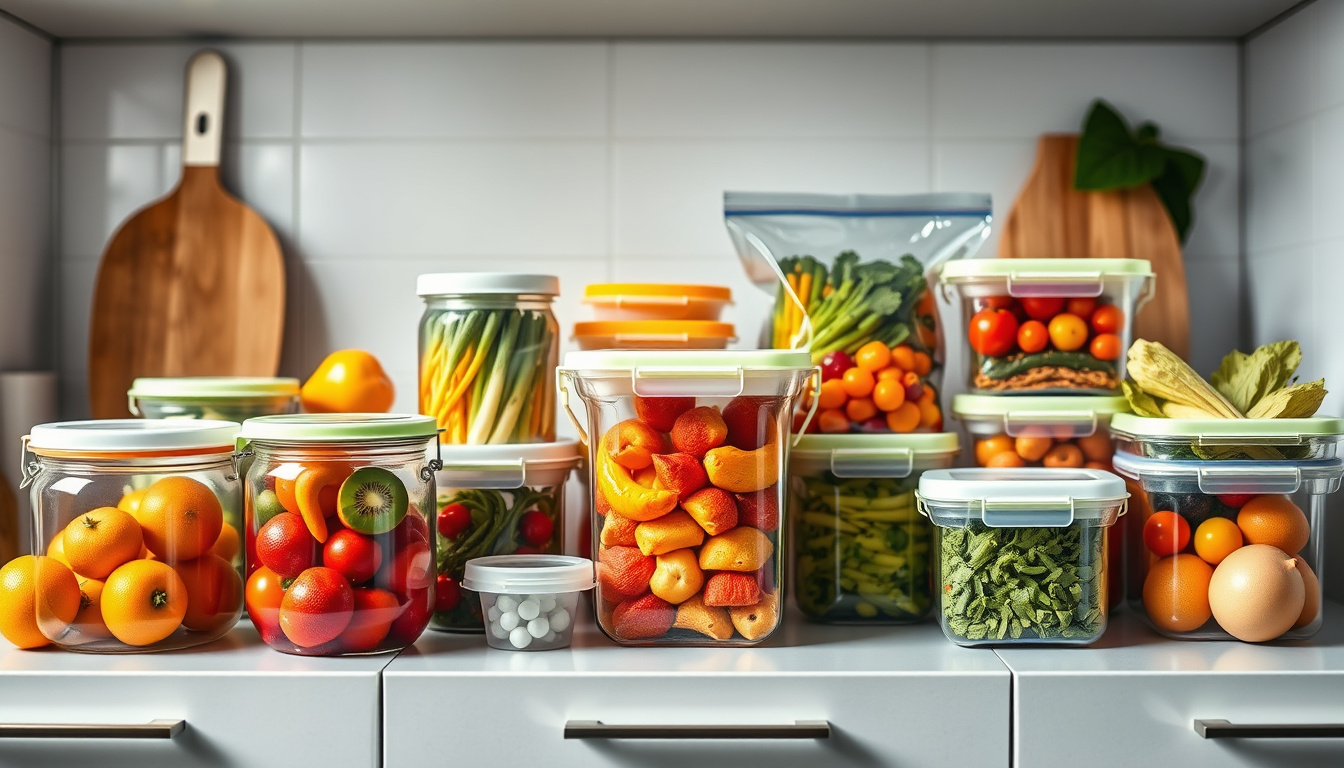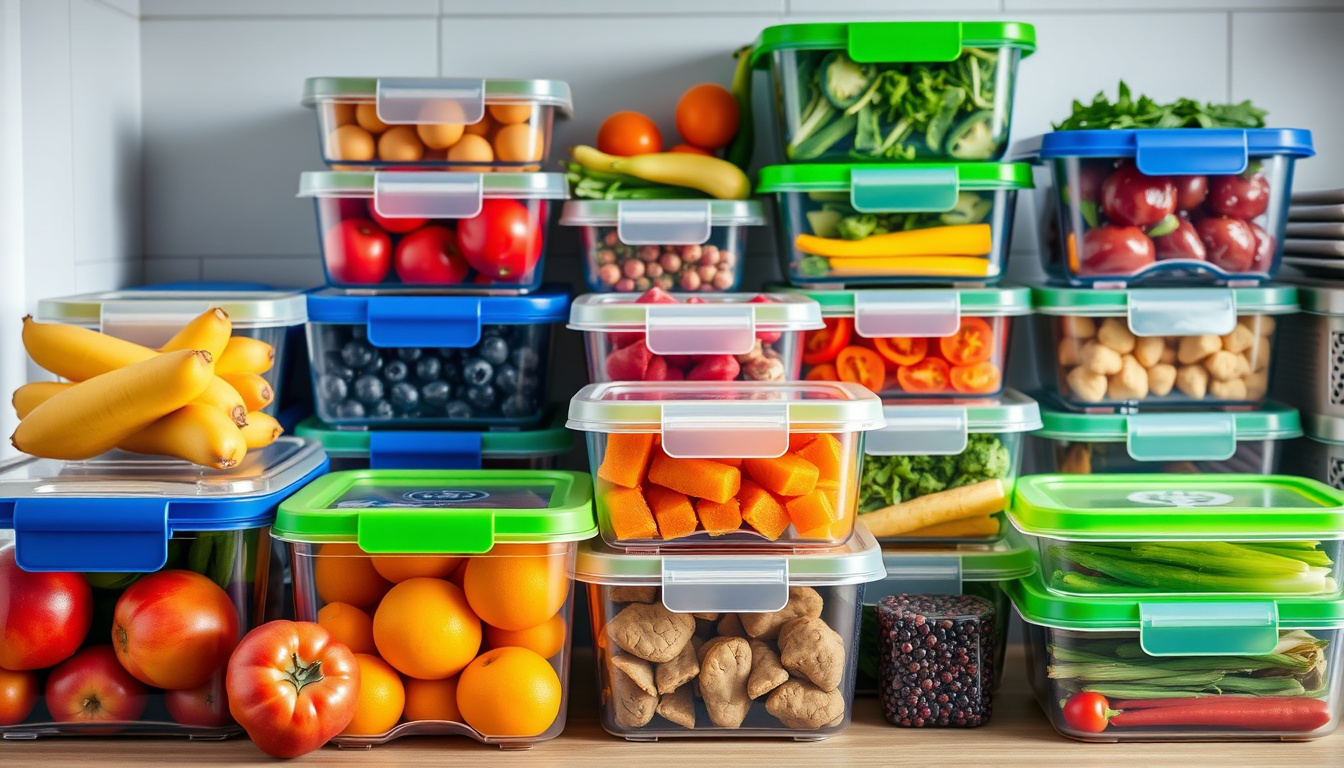Keeping food fresh and preventing spoilage is a priority for anyone who cooks or stores provisions in their kitchen. One effective method to achieve this is by packing food tightly in appropriate containers. This article explores various tips and techniques for maximizing freshness and extends beyond basic storage practices, covering essential container types and best practices to maintain the quality of your food.
Understanding the Importance of Tight Packing
Packing food tightly in containers serves multiple purposes:
- Minimize Air Exposure: Air is a major contributor to food spoilage. Oxygen encourages the growth of bacteria and mold and causes fats to turn rancid. Sealing food tightly limits its exposure to air, thereby extending its shelf life.
- Prevent Cross-Contamination: Items stored close together can inadvertently transfer flavors and odors. Airtight containers help maintain each food item’s distinct characteristics.
- Maximize Space: Efficient use of space not only keeps your pantry organized but also makes it easier to locate items when needed.
Choosing the Right Containers

Airtight Containers
The primary choice for effectively packing food is airtight containers. They come in various materials, including glass and plastic:
- Glass Containers: Essential for long-term storage, glass containers like Pyrex are non-reactive and help keep food safe from chemical leaching. Their airtight seals prevent moisture loss and odors from escaping.
- Plastic Containers: Lightweight and less prone to breakage, plastic containers (like Rubbermaid’s Brilliance series) are often more versatile and affordable. Ensure they are BPA-free and have secure lids that create an airtight seal.
Vacuum-Sealed Bags
For those who want to take extra precautions, vacuum-sealed bags eliminate air entirely, making them ideal for freezing and long-term preservation. Foods stored this way can last significantly longer, especially meats and vegetables.
Stackable Containers
Utilizing stackable containers allows you to maximize vertical space in your fridge or pantry. This organization reduces clutter and helps you remain efficient in your kitchen.
Best Practices for Packing Food
- Cool Food Before Storing: Always allow cooked food to cool before placing it in containers. Warm food can trap steam, leading to condensation and rapid spoilage.
- Fill Containers Appropriately: Leave minimal air space at the top of containers. Ideally, fill them up to just below the lid for optimal freshness, especially in airtight options.
- Use Labels: Clearly label containers with the contents and date. This practice helps you keep track of what you have stored and when to consume it.
- Separate Dry and Wet Components: If you’re packing meals like salads, keep components separate until ready to eat. This prevents sogginess, maintaining texture and flavor.
- Regularly Check Inventory: Regularly assess your stored food. Consuming older items first minimizes waste and helps refresh your storage.
Container Features to Consider
- Lid Design: Look for containers with effective lid mechanisms that provide a tight seal. Silicone gaskets and snap-on lids are particularly effective for creating airtight seals.
- Material Quality: Depending on your usage, choose between BPA-free plastics for easy handling and glass for durability. Consider how often you’ll need to heat or freeze containers when making your selection.
- Ease of Cleaning: Containers that are dishwasher-safe save time on cleanup. Those with simple designs are easier to clean, ensuring you maintain hygiene standards.
Conclusion
Packing food tightly in containers is an essential kitchen skill that enhances food preservation and reduces waste. By choosing the right types of containers and following best practices, you can maximize freshness and ensure that your meals are not only tasty but also safe to consume. Whether you opt for handy airtight containers, vacuum-sealed bags, or stackable solutions, the proper storage techniques will keep your food appealing and edible for longer, ensuring no bite goes to waste.
>> Chest Freezer Reviews <<
>> Upright Freezer Reviews <<

